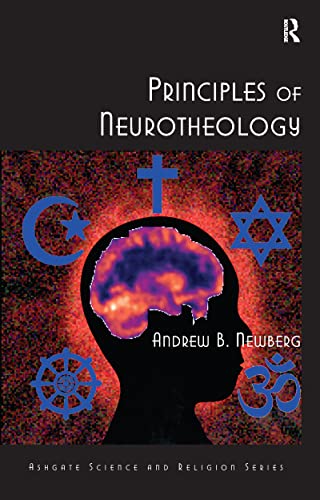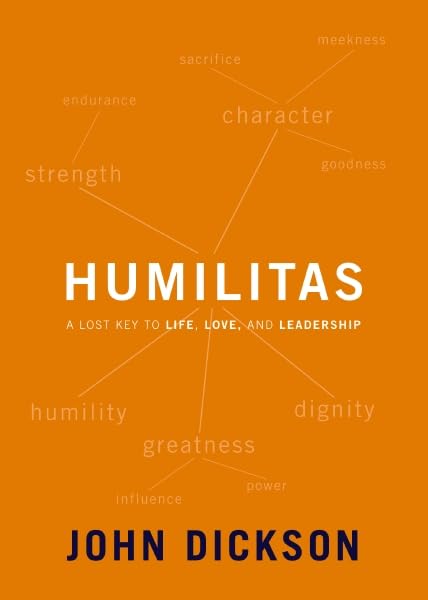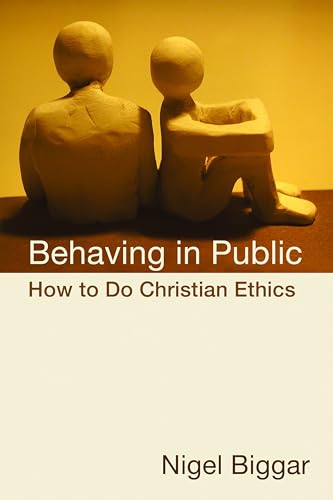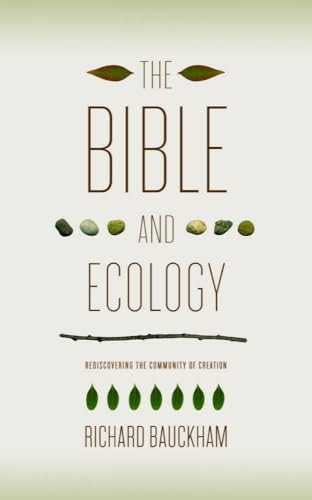A Call to Covenant Love: Text, Grammar, and Literary Structure in Deuteronomy 5–11
Written by Jason S. DeRouchie Reviewed By James RobsonThis detailed and technical study argues that textlinguistics (i.e., discourse analysis or text grammar) is critical for reaching a more “objective” analysis of the structure and meaning of a piece of writing. Since this approach brings its own terminology and assumptions, it is important to explain some of these first.
By “textlinguistics,” DeRouchie means the analysis of formal features (“grammar”) of the text (i.e., discourse) beyond the level of sentence to help understand the “macrostructure and flow of thought” (p. xvii).
Three core convictions lie behind this approach: (1) “All language is a form-meaning-function composite, so that discourse function [what a piece of text is doing] is determined by the meaning of certain forms in given contexts” (p. 25). Form has priority in analysis before questions of meaning and function may (and must) be engaged. (2) Attention to “microsyntax” (grammatical relations within a clause or sentence) is necessary but not sufficient. Attention must also be paid to “macrosyntax” (how clauses relate to each other within a wider body of text or discourse). Meaning is found in “texts—and not just isolated words or sentences” (p. 28).(3) The text should be examined as a “coherent” whole. While diachronic approaches examine the origins of a text, textlinguistics adopts a synchronic approach, treating the text as it is (while allowing for possible textual corruption).
To demonstrate his thesis, DeRouchie examines Deut 5-11in considerable depth. Most other studies have focused on historical narrative, so a study of reported speech is a welcome departure. He breaks down the seven chapters into their clauses (Appendix 1) and scrutinises every clause from the three perspectives mentioned above: “form, meaning, and semantic function” (p. xvii). No stone is left unturned as he documents with many abbreviations and statistical tables the fruits of an analysis rooted in a large database.
There are two main parts to the work. Part 1 contains three chapters. Chapter 1 introduces the study and reviews other scholars' work on the literary features of Deut 5-11. DeRouchie concludes by noting that no other scholar “has performed a full textlinguistic analysis of the entire corpus” (p. 24). Chapter 2 overviews the theoretical framework underpinning discourse analysis. DeRouchie also defends the boundaries of the corpus he has chosen, posits that the overall text-type is “behavioral hortatory discourse” (p. 40), and argues that the chapters are prose rather than poetry (contra Christensen). The last two are hardly controversial. The chapter ends somewhat abruptly.
Chapter 3 explains the nature of DeRouchie's database. It is an important chapter within the work and for further study. He defines both clause and sentence, a task that is more complex than it sounds. He distinguishes between “full clauses” and “small clauses.” His diagrams isolate and give a new line only to “full clauses,” which are”word constructions that formally mark a subject and predicate and that are clearly able to stand on their own when the various adjuncts and / or clausal connectors are removed” (p. 61). His example is “So God created [full], speaking all things into existence [small].” In this chapter he also outlines the difference between clause predicators and verbal complements, and, significantly, says that the fundamental disjunction within Hebrew is not between verbal and nominal (sometimes called verbless) clauses, but between non-copular verbal clauses (i.e., those without the verb “to be”[hyh]) and copular clauses (i.e., those requiring some form of the verb “to be,” regardless of whether it is “lexicalized” [present]). The chapter goes on to look at various constraints in communication, including participant reference (see further below). It also looks at domains (i.e., if A quoting B quoting C; C = domain 3; B = domain 2) and the different text types (e.g., instructional discourse, narrative discourse).
Part 2 contains two chapters and the conclusion. Chapter 4 is the longest chapter, analysing in detail four major linguistic features:
- Text logic examines how clauses are connected. DeRouchie looks at coordinating conjunctions (the major one being wa [“and,””but”]), subordinating conjunctions (e.g., ʾÄ�šer [“which”], ʾim [“if”], kî [“because,””when,””that”]), and the function of asyndesis (Ø, the absence of an expressed conjunction).
- Foregrounding and backgrounding speak of the “relative prominence” of particular events, actions, or situations in a text. “Prominence” does not mean “importance” but “organization”(and, I would add, ease of processing). Such a phenomenon is regarded as a universallanguage, so it comes within the realm of psycholinguistics.
- Participant reference looks at how participants are tracked. DeRouchie pays particular attention to when the text refers to a participant by something other than a pronoun.
- Lexical structuring looks at forms that are “macrosyntactic 'sign-posts'” (p. 201).Examples include hinnÄ�h (“behold”), ʾmr (“say”), andÊ¿attâ (“now”).
Chapter 5 then gives a “macrostructural and theological overview” of Deut 5-11. It is here that the fruits of the labours spent elsewhere are evident. The conclusion lucidly summarizes the book, especially for those bewildered by the preceding technical discussions. In many ways it is a good place to start.
Evaluating a book like this is not straightforward. Partly because of the universal psycholinguistic features of language, many of the conclusions are familiar, rather than new. This can give the impression that the book states with great complexity what is already obvious. But such “obvious” conclusions are now put on firmer theoretical foundations. Two noteworthy new conclusions relate to the numbering of the Decalogue and the significance of Yhwh as “consuming fire” for chapters 9-11. General strengths include thoroughness, attention to detail, close interaction with the text, and helpful summaries. For this reviewer, who is enthusiastic for diagrammatic analysis of the Hebrew text, much of the book is engaging and interesting. Particular strengths include attention given to domains, asyndesis, and participant reference.
To improve what is a valuable book, this reviewer has a few thoughts. First, at points the complexity and detail risk obscuring rather than illuminating. Second, the distinction between “full” and “small” and between coordinate and subordinate clauses is not straightforward (see “turn aside . . . see” in Exod 3:3-4). Third, a glossary and indexes for subjects and Bible references would greatly enhance the book's usability. Finally, while a work of such complexity and technicality is always liable to have typographical errors, there is a disproportionate number that careful proofreading would have found.
James Robson
James Robson
Wycliffe Hall
Oxford, England, UK
Other Articles in this Issue
Evaluating a new English translation of the Bible can be extremely difficult...
In the November 2009 edition of Themelios, Dane C...
Jonathan Edwards (1703-1758) is remembered today as a saint, scholar, preacher, pastor, metaphysician, revival leader, theologian, Calvinist—the list goes on...
Almost two decades ago I wrote an essay titled " When Is Spirituality Spiritual? Reflections on Some Problems of Definition ...
He was the youngest son of elderly parents. His childhood was secluded and unhappy, which might in some measure account for his lifelong melancholy...







